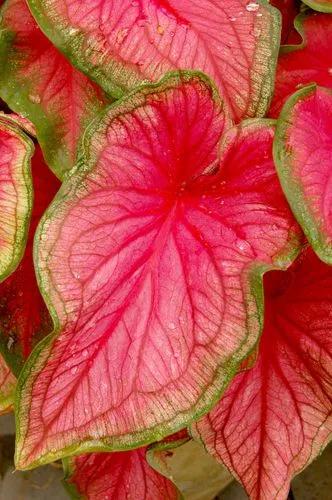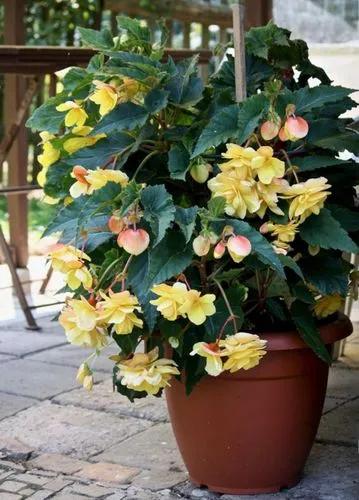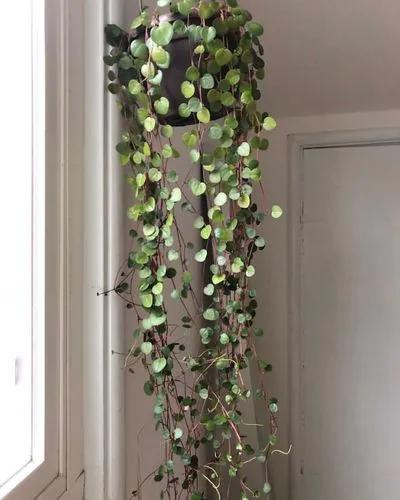Dioscorea villosa is, according to the Flora of North America, quite variable in shape across its range.[7] It ranges from a small vine with winged stems, tightly packed groups of flowers, variably hairy leaves all the way up to large vines with unwinged stems, large, smooth leaves, and widely spread sprays of flowers. It always has rhizomes spreading underground that can be branched or not.
Wild Yam Care
Dioscorea Villosa



How to Care for the Plant

Water

It prefers moist soil.

Sunlight

It cannot grow in the shade.

Soil

Suitable for: light (sandy), medium (loamy) and heavy (clay) soils and prefers well-drained soil. Suitable pH: acid, neutral and basic (alkaline) soils.

Temperature

Plants are hardy to at least -15°c

Additional

Edible species of Dioscorea have opposite leaves whilst poisonous species have alternate leaves. Use of the fresh plant can cause vomiting and other side effects. Known to cause headaches, menstrual irregularities & acne. May cause hair loss & oily skin. Avoid during pregnancy. Avoid in patients with cancers of the breast, ovaries, prostate & uterus.

Popularity

67 people already have this plant 16 people have added this plant to their wishlists
Discover more plants with the list below
Popular articles






